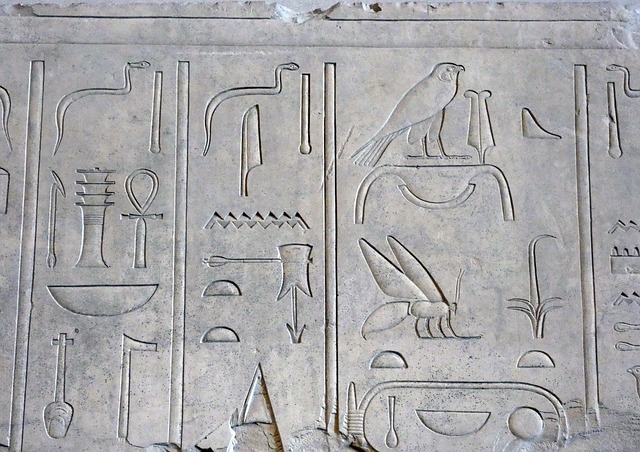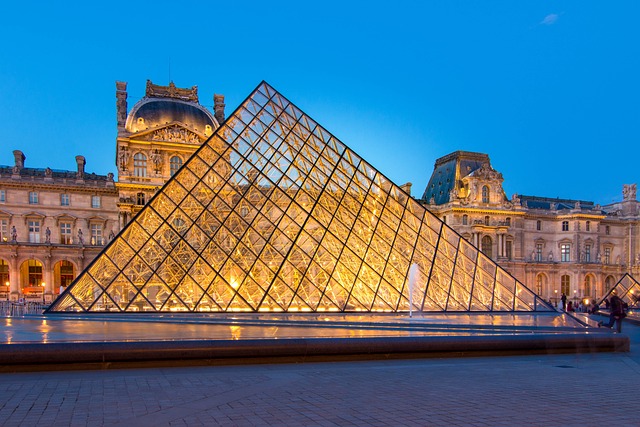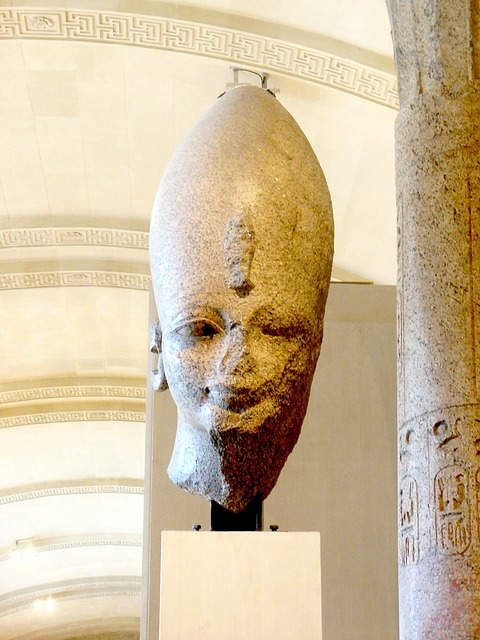From Ancient Art to Modern Masterpieces: The Louvre’s Evolution
Located in the heart of Paris, the Louvre is more than just a museum; it is a monument to the history of art itself. As one of the world’s largest and most visited art museums, the Louvre boasts a collection that spans several millennia and encompasses a multitude of cultures. From the ancient artifacts of Egypt to the modern masterpieces of the 19th and 20th centuries, the Louvre’s evolution reflects the dynamic trajectory of artistic expression throughout history.
The Origins of the Louvre
The history of the Louvre reaches back to the late 12th century, when it was originally built as a fortress under King Philip II. This structure was pivotal during the medieval period, protecting Paris from invasions. However, its transformation began in the late 15th century when King Francis I decided to convert the fortress into a royal palace. This marked the beginning of the Louvre’s identity as a center of art and culture.
Throughout the Renaissance, the Louvre became a repository for artworks amassed by the French monarchy. Kings such as Francis I and Louis XIV contributed significantly to its collection, sourcing pieces from their conquests and personal acquisitions. The museum officially opened to the public in 1793 during the French Revolution, showcasing the crown’s vast collection as national property. This marked a significant turning point, making the Louvre accessible to all citizens and establishing it as a temple of art for the public.
From Antiquity to the Renaissance
The Louvre’s collection is vast and includes works from various civilizations, such as Ancient Egypt, Greece, and Rome. The Egyptian Antiquities section boasts an impressive range of artifacts reflecting millennia of Egyptian culture, including mummies, statues, and everyday objects that provide insight into life along the Nile.
The Greek and Roman Antiquities section continues this narrative of antiquity, with stunning sculptures like the Venus de Milo and the Winged Victory of Samothrace among its highlights. These masterpieces not only exemplify the artistic prowess of the classical era but also embody the cultural dialogues between past civilizations and subsequent generations of artists.
As the Renaissance began to influence France, the Louvre expanded to include some of the most renowned artworks of the period. Iconic pieces by artists such as Leonardo da Vinci, including the world-famous Mona Lisa, were acquired during this time. The museum became a palatial space that showcased the changing tastes of French royalty, transitioning from collections focused on antiquity to the celebrated masterpieces that defined Renaissance artistry.
The Expansion of the Collection in the 18th and 19th Centuries
The evolution of the Louvre took a significant turn during the Enlightenment and the subsequent 19th century. This era was characterized by a blossoming of interest in the arts and sciences, leading to an expansion of the museum’s collections. Following the French Revolution, artworks that previously belonged to the monarchy and the Church became part of the national collection.
The 19th century saw the inclusion of more contemporary works, as artists began to embrace new movements such as Romanticism, Impressionism, and Realism. The Louvre acquired works from masterful artists like Eugène Delacroix and Claude Monet, reflecting the innovative spirit of the time. These additions positioned the museum as a crucial forum for contemporary art, allowing it to embrace the changes in artistic expression that were emerging across Europe.
Modern Transformations and Global Outreach
The 20th century heralded new challenges and opportunities for the Louvre. Following the disruptions of both World Wars, the museum underwent several renovations and expansions. The most iconic of these transformations was the addition of the glass pyramid designed by architect I. M. Pei, which was inaugurated in 1989. This modern entrance piece symbolized the harmonious coexistence of past and present and redefined the way visitors interact with the historic site.
The Louvre also shifted its focus to become a global player in the arts as the world increasingly became interconnected. It began to showcase works from diverse cultures and eras, fostering understanding and appreciation for global artistic expressions. The inclusion of Islamic art and medieval European collections further enriched the museum’s narrative, allowing it to reflect on the dialogue between Eastern and Western traditions.
Challenges and Innovations in the 21st Century
As the 21st century unfolds, the Louvre continues to embrace the challenges of modernity. The digital age has altered how institutions prioritize accessibility, prompting the museum to enhance its online presence. Virtual tours, digital archives, and interactive exhibitions are now integral to the Louvre’s outreach, enabling global audiences to explore its treasures from the comfort of their homes.
Inclusivity and diversity have also emerged as focal points in the museum’s mission. The Louvre has made strides to showcase underrepresented narratives and artists, acknowledging the importance of varied voices in the world of art. This commitment reflects larger societal shifts toward equity and representation, positioning the museum as a leader in advocating for cultural diversity.
Conclusion: A Living Testament to Artistic Evolution
Ultimately, the Louvre stands as a living testament to the evolution of art across centuries and cultures. Its vast collection not only narrates the story of humanity’s creative spirit but also captures the interplay between history, culture, and artistic innovation. The museum’s ability to adapt to the changing landscape of the art world while remaining true to its identity demonstrates why it continues to attract millions of visitors from around the globe.
As we look ahead, the Louvre will undoubtedly keep evolving, challenging and inspiring future generations to appreciate the beauty and significance of art, bridging the gap between the ancient and the modern. The story of the Louvre is ongoing, as it continues to be a beacon of artistic excellence and cultural heritage in an ever-changing world.


